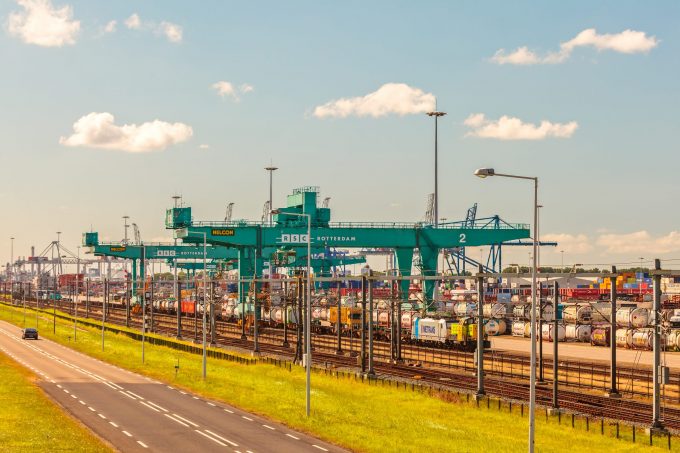Forwarders say loss of CBER brings back the ‘level playing field’
Forwarder group Fiata has welcomed the EC decision not to extend the Consortia Block Exemption ...

Aspirations to double Europe’s intermodal market share by 2050 have been dealt a major blow by the European Court of Auditors, which described the plan as “unrealistic”.
In a report yesterday, the court pointed to “serious deficiencies” surrounding funding, harmonisation of union-wide regulations, lack of visibility ...

Comment on this article